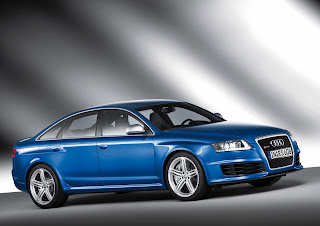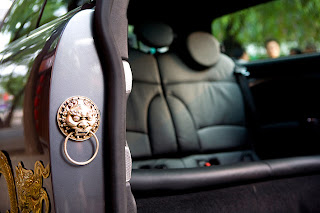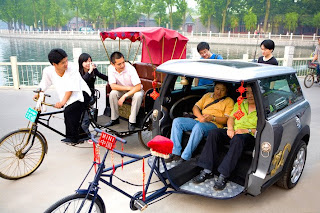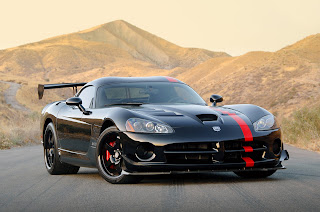If you own your own car, you probably already know a little about car insurance. You may have heard the words deductible or premium. But, do you truly understand the different parts of an auto insurance policy and do you know how to choose the best coverage?
Forty-seven states require that you have at least some kind of car insurance, so it's a good idea to know what the law requires you to have and what additional or optional coverage will help to protect you in the event of an accident.
Before purchasing auto insurance, you must consider a variety of factors including what kind of car you have, your driving record and the amount of money you are willing to pay. Understanding the simple basics of auto insurance will make you confident that the car insurance policy you choose will take care of your needs in the event of an accident.
In this article, we will walk you through the types of coverage that insurance companies offer and discuss possible insurance needs. Additionally we will look at what affects the price of auto insurance, how to bring the costs down and how to understand the components of your policy.
Types of Coverage Everyone who drives needs car insurance. In fact, most states require it by law. When you buy car insurance, you are buying what is called a policy. Your policy is based on a variety of factors including what kind of car you drive as well as what kind of insurance you want. Auto insurance policies are actually a package of different types of insurance coverage.
The first step in understanding an auto insurance policy is to learn the various types of coverage insurance companies offer. Some of this coverage may be required by your state and some of the coverage may be optional.
Liability - This coverage pays for accidental bodily injury and property damages to others. Injury damages include medical expenses, pain and suffering and lost wages. Property damage includes damaged property and automobiles. This coverage also pays defense and court costs. State laws determine how much liability coverage you must purchase, but you can always get more coverage than your state requires.
Collision - This coverage pays for damages to your vehicle caused by collision with another vehicle or object.
Comprehensive - This coverage pays for loss or damage to the insured vehicle that doesn't occur in an auto accident. The types of damages comprehensive insurance covers include loss caused by fire, wind, hail, flood, vandalism or theft.
Medical Coverage - Pays medical expenses regardless of fault when the expenses are caused by an auto accident.
PIP - Personal Injury Protection (PIP) is required in some states. This coverage pays medical expenses for the insured driver, regardless of fault, for treatment due to an auto accident.
Uninsured Motorist - Pays your car's damages when an auto accident is caused by a driver who doesn't have liability insurance.
Underinsured Motorist - Pays your car's damages when an auto accident is caused by someone who has insufficient liability insurance.
Rental Reimbursement - This type of coverage will pay for a rental car if your car is damaged due to an auto accident. Often this coverage has a daily allowance for a rental car. Many insurance policies combine a number of these types of coverage. The first step in choosing the insurance you want for your car is to know the laws in your state. This will tell you the minimum insurance you need for your car. It's good to keep in mind that, just because your state may not require extensive insurance, extra coverage may be worth the expense. After all, no one wants to be stuck with thousands of dollars worth of bills because of an auto accident. Now, let's take a look at how to determine your insurance needs.
Car Insurance DeductiblesPurchasing auto insurance is not simply about the value of your car or how often you get into accidents, it is also about how much money you are willing to pay for your coverage. All auto insurance policies have a deductible. The deductible is the part of your policy that you are responsible for paying. Auto insurance policies don't simply take care of all necessary expenses. You are required to pay for some of the damages, but the amount depends on your policy. Deductibles vary by state, but are most often in amounts of $100, $250, $500 or $1,000. For example, if you are in an accident that causes $2,500 worth of damage and your deductible is $500, you are required to pay the $500 and the insurance company will take care of the remaining $2,000.
When deciding what insurance policy you want to purchase, choosing a deductible is an important step. After all, you will have to pay the deductible for each and every situation in which you require your insurance company to cover damages. Deciding how much you are willing to pay and how often you think you will need to make an insurance claim will help you decide what deductible amount is right for you. In addition, the premium you pay, or the price of your total coverage annually, can be lowered by choosing a higher deductible. In other words, if you are willing to pay higher out-of-pocket costs, you can lower the total cost of your insurance.
Purchasing an auto insurance policy doesn't have to be confusing. You want a policy to take care of your expenses in the event of accident, theft, vandalism or most any other instance in which there is damage to your own or someone else's vehicle. By knowing what your state requires, what your needs are, what discounts you qualify for and how much coverage you want for your car, you will be able to choose the right policy.
Auto Insurance GlossaryDeductible - The amount an insured person must pay before the insurance company pays the remainder of each covered loss, up to the policy limits.
Multi-Car discount - A discount offered by some insurance companies for those with more than one vehicle insured on the same policy.
No-Fault Insurance - Many states have enacted auto accident laws permitting auto accident victims to collect directly from their own insurance companies for medical and hospital expenses regardless of who was at fault in the accident. Although there are many legal variations of no-fault insurance, most states still allow people to sue the party at fault if the amount of damages is above a certain state-determined amount.
Personal Auto Policy - The most common auto insurance policy sold today. Often referred to as "PAP," this policy is written in simple wording and provides coverage for liability, medical payments, uninsured/underinsured motorist coverage, and physical damage protection
Split Limit - Any insurance coverage with separately stated limits for different types of coverage.
Term - The length of time for which a policy is in effect.
Usage - This refers to the primary function or purpose of your vehicle. For example, if you primarily drive your car to and from work, the usage is considered "commute."









































